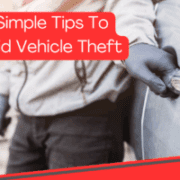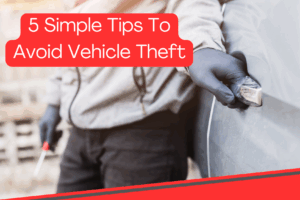Preventing Foodborne Illness In Your Home
 Foodborne illnesses affect a significant number of Americans each year, with approximately 48 million people falling ill, according to the Centers for Disease Control and Prevention. These illnesses occur when we consume contaminated food or beverages. It is essential to understand how to prevent foodborne illnesses in our homes and adopt safe practices while grocery shopping.
Foodborne illnesses affect a significant number of Americans each year, with approximately 48 million people falling ill, according to the Centers for Disease Control and Prevention. These illnesses occur when we consume contaminated food or beverages. It is essential to understand how to prevent foodborne illnesses in our homes and adopt safe practices while grocery shopping.
When you’re at the grocery store, there are a few key points to keep in mind:
- Always use plastic bags to separate raw meat, poultry, and seafood from other items in your shopping cart. This helps prevent the juices from these items from dripping onto other foods. If possible, place these items in a specific section of your cart, such as a bottom rack or front area.
- Prior to purchasing, carefully inspect the packaging of canned goods. Avoid buying cans that are dented or bulging, as they may have lost their seal and could be contaminated. For other types of packaging, avoid products with torn edges, ice crystals, or signs of being opened.
When transporting your groceries home, it’s important to consider food safety
Be mindful of the time your groceries spend in your car. Experts recommend a two-hour window for transporting groceries between the store and your home. However, if the outdoor temperature is 90 degrees Fahrenheit or higher, this window shrinks to approximately one hour. It is preferable to store your groceries in an air-conditioned car rather than the trunk. For longer drives, bring a cooler to ensure the freshness of perishable items.
Once you’re at home, there are additional precautions to take:
- Avoid leaving cooked food at room temperature for more than two hours. It’s best to refrigerate cooked and perishable foods promptly to prevent the growth of harmful bacteria.
- Thoroughly wash your hands with soap for at least 20 seconds after handling raw meat. It is also advisable to sanitize kitchen surfaces before and after handling raw meat.
- Use separate serving platters and kitchen utensils for raw and cooked food. Cross-contamination can occur if you place cooked meat on the same plate or use the same utensils that were in contact with raw meat.
- Monitor the temperature of your refrigerator, ensuring it remains below 40°F. Bacteria can start to grow if the temperature rises above this threshold.
Understanding proper food handling practices is crucial for preventing foodborne illnesses. By following these guidelines, you can protect yourself, your loved ones, and friends from potential health risks. For more detailed information, you can visit the Centers for Disease Control and Prevention website.
If you have any questions regarding your insurance policies or any other concerns, feel free to reach out to us. We are here to assist you and provide the information you need to stay protected.



 The journey of your teenager learning to drive is an exciting milestone in their life. It represents newfound freedom and independence. However, along with the excitement comes a great deal of responsibility. It’s crucial to remind your teen that driving is a privilege, not a right, and that they must prioritize safety and remain focused while behind the wheel.
The journey of your teenager learning to drive is an exciting milestone in their life. It represents newfound freedom and independence. However, along with the excitement comes a great deal of responsibility. It’s crucial to remind your teen that driving is a privilege, not a right, and that they must prioritize safety and remain focused while behind the wheel.
 Vehicle theft is an unfortunate reality, with a vehicle being stolen every 44 seconds in the United States, according to the National Highway Traffic Safety Administration. It’s a distressing experience that can disrupt your life and leave you feeling violated. Fortunately, there are measures you can take to reduce the risk of your car being stolen. Here are five essential tips to help protect your vehicle:
Vehicle theft is an unfortunate reality, with a vehicle being stolen every 44 seconds in the United States, according to the National Highway Traffic Safety Administration. It’s a distressing experience that can disrupt your life and leave you feeling violated. Fortunately, there are measures you can take to reduce the risk of your car being stolen. Here are five essential tips to help protect your vehicle: